What do headaches and teeth grinding have in common? They both come from tensions in the muscles of the jaw (not all headaches, of course, but many of them). In this article I’ll guide you though a bit of self-massage for the area, and the benefits of seeing a professional to relieve tension in your jaw. As often, we’ll end with a few movement exercises to loosen the area up, or to keep it loose after a good massage.
Self-massage
The anatomy around the jaw is quite complex, so there is only so much I feel comfortable guiding you through. We will mainly target the temporalis; a muscle located in the temple, as its name suggests. Scroll down a bit for an anatomical picture.
Self-treating the temporalis muscle is fairly simple. We’ll go about it two ways.
Gentle rub
Place a few fingers somewhere between the edge of your eyebrow and the top of your ear. Now apply a very gentle pressure, just enough that if you move your fingers, the skin comes with them. With that pressure, make small circles with your hand, and feel the tissue under your skin glide against each other.
Super stretch
Obviously it’s a bit hard to stretch this muscle, but we can use a trick! We will artificially change the end point of the muscle by pinning it down with our fingers. For that, place your fingers like above, and explore a bit until you find the hollowest zone (the softest/where your feel like you can get closest to the bone without pressing more). Once there, apply firmer pressure and bring your fingers up, until you reach a quite clear stopping point. And now open your mouth slowly, as wide as you can. This might be quite tender, so don’t overdo it!
You can repeat the operation on a few other points that you feel are relevant.
With this muscle relaxed, an important source of pressure on the jaw and cranium is way smaller. That should diminish the frequency and intensity of both headaches and episodes of teeth grinding and jaw clenching.
But wait, there’s more!
There are other ways of treating this area, and other muscles that deserve treatment. To give you a small idea, here is a picture of the muscles around the mouth and jaw.
Number 16 is the temporalis you already know about, and 15 is another very important one: the massater. It’s a bit more tricky to locate, and slightly anterior (to the front) to it is a nerve that you do not want to touch (damage there might make half of your face limp). For this reason, I don’t feel comfortable guiding you through self-treating it. Only if you know your anatomy around here, can you try the same super-stretch technique we did on the temporalis.
Masseter is the main mastication muscle, and contributes strongly to jaw clenching and teeth grinding. For this reason, I strongly recommend you ask your massage therapist if they know about it and if they can help your release tensions in this muscle.
Movement exercises
It’s always good, when an area is a bit tense, to learn to move it better. Here are a few exercises to get your jaw moving!
Open like a V or like a U
Your jaw can open in two different ways. The first one is “like a V”, meaning as if there was a hinge at the end of the jaw bone where it meets the cranuim (skull minus jaw). This looks like saying “AAAAHH”; it’s what you do at the dentist’s.
The other one is “like a U”, meaning the rows of teeth stay parallel, and we just increase the space between them. This is more like the “jaw dropping” expression (because you’re indeed lowering, or “dropping” your jaw).
Play with those movements, and make sure you can do the one one you want, when you want. This will solidify the connection between your central nervous system (brain) and your jaw muscles, decreasing the risk of useless tension.
Side-to-side
Your jaw can also move side-to-side, provided it’s slightly open “like a U”. Again, gently play with these movement, see how far you can move smoothly and comfortably.
As an added challenge, press your tongue in the cheek opposite to where your chin is going (if you’re moving your jaw to the right, press your tongue in the left cheek).
Continue reading: The Ultimate Neck Self-Massage, 3 Keys to Flexibility Training, 8 Images for a Perfect Posture.
This post also exists in French.
Want more like this?
Check out the following blogs from massage therapists I know from around London:- On The Run Health and Fitness on running, nutrition and sports massage.
- The Soma Room on sports massage and exercise.
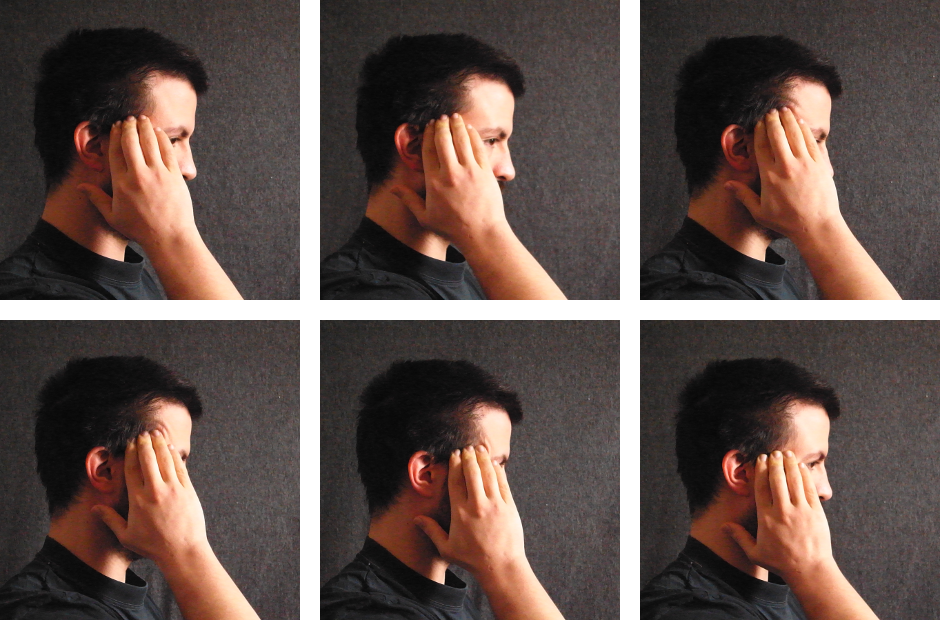
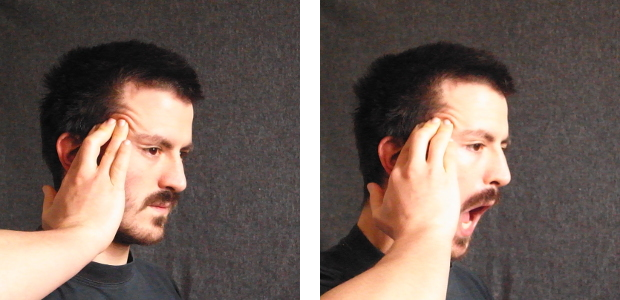
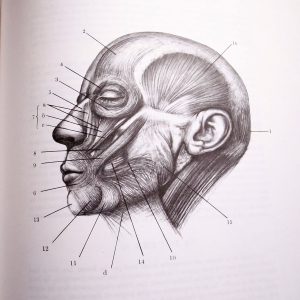
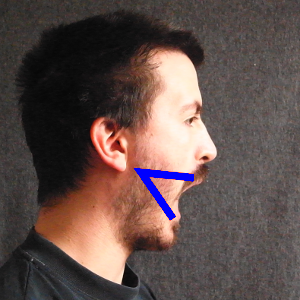

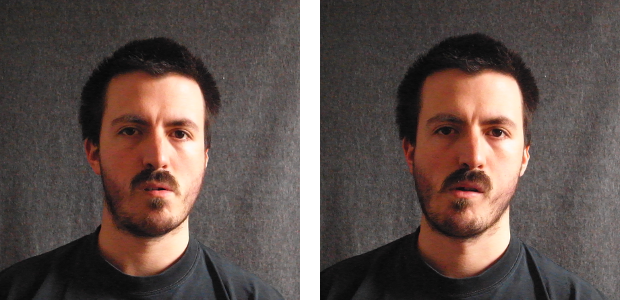
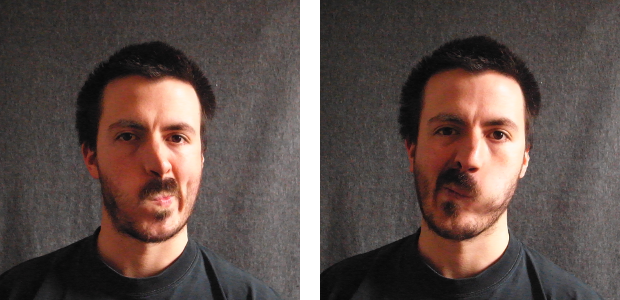
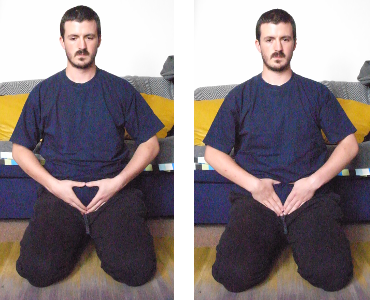
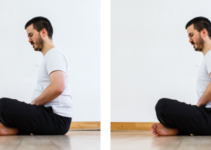

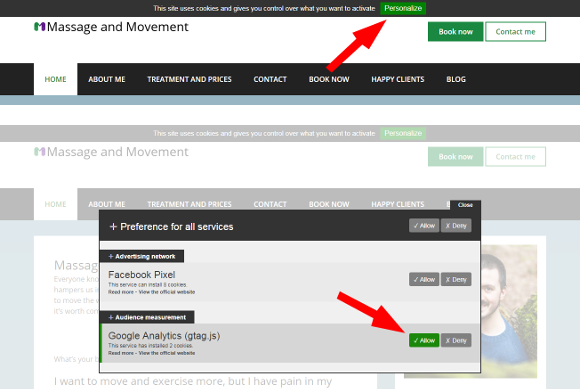
No Responses